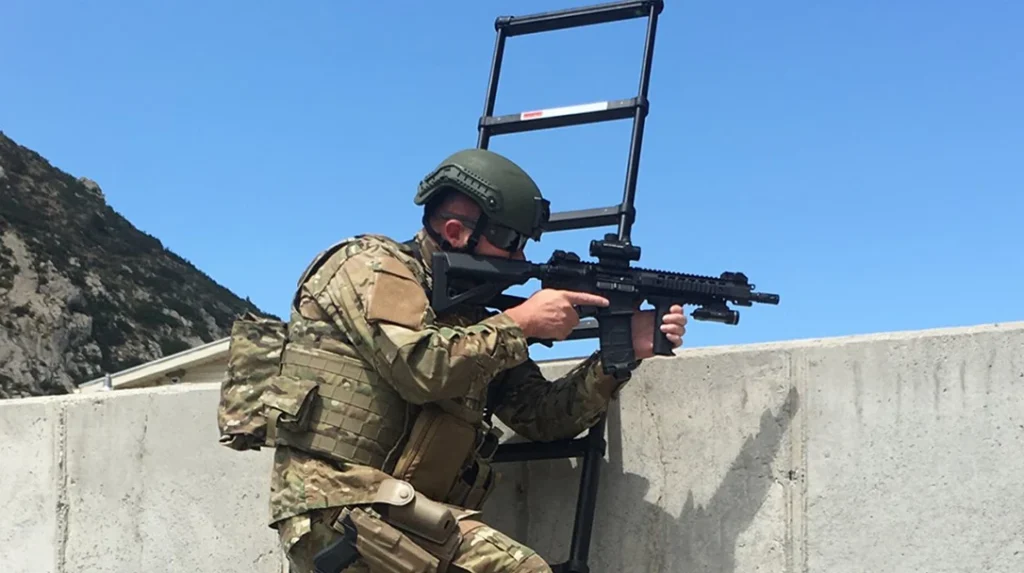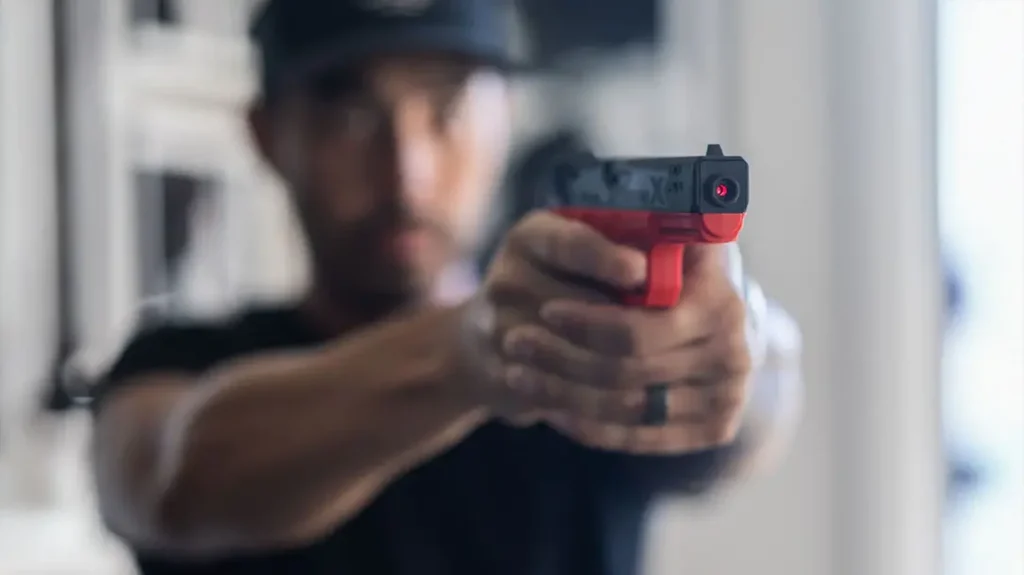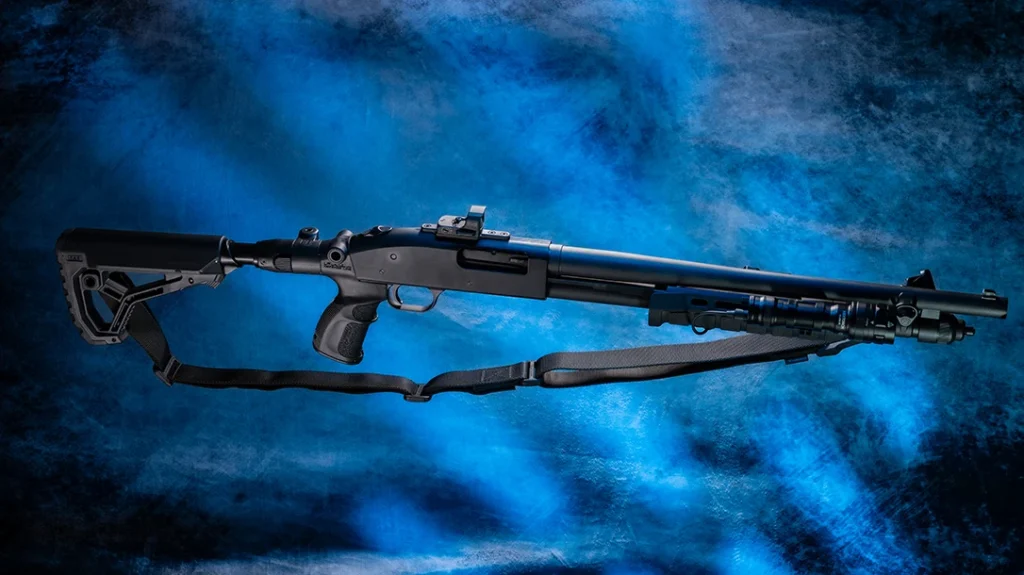The new Bruce Willis “Death Wish” remake hit theaters March 2. The emotional wounds from the Parkland, Fla., shooting are still hemorrhaging, and Leftist commentators have used this temporal association to eviscerate the film.
Reality, as is so often the case, is a bit more complicated than all that.
Spoiler Alert
If you haven’t seen “Death Wish” yet, read no further. You’ve been warned. Seriously.
Advertisement — Continue Reading Below
The protagonist is a Chicago trauma surgeon named Paul Kersey (played by Willis) whose family is brutally attacked. Crime is out of control and the cops are unable to find the killers. Kersey seeks to arm himself in the face of continued threats only to find that the region’s draconian gun laws conspire to keep him helpless.
“Death Wish” treats the police equitably. They are depicted as diverse dedicated professionals who sincerely care yet find themselves overwhelmed by the violence. In this respect, the movie is likely fairy realistic.
Advertisement — Continue Reading Below
There were previous unenlightened allegations based solely upon the trailer that there might be racist overtones to the film. This was ultimately unfounded. Kersey is an equal opportunity vigilante who puts paid to evildoers regardless of race or creed.
Second Amendment Considerations
Kersey tries to follow the rules and seeks out a gun shop from which to procure a firearm. As there are literally no gun shops in Chicago, he has to travel a bit farther afield.
The gun shop in the movie is called Jolly Roger’s and appears realistic enough, though the buxom lass hawking the guns is a bit over the top. However, her reference to the requirements for a FOID card, waiting period, and training requirement are fairly true to life. These various impediments drive Kersey elsewhere for his weapon.
Advertisement — Continue Reading Below
There is actually some universal truth to be found nestled within this gory, violent film. Kersey does not need a gun to protect his person, home, and daughter in a month after all the paperwork clears. He needs a gun now.
The variegated administrative infringements on Kersey’s rights do not prevent crimes of passion. They simply deprive a law-abiding citizen of the reasonable means of timely self defense.
Kersey does ultimately purchase weapons through legal channels. However, his first handgun, a Glock 17, is illicitly liberated from a shot-up thug in the ER. That he ultimately uses his gun for offensive rather than defensive purposes only happens in Hollywood.
Advertisement — Continue Reading Below
It has become a cliché, but laws only affect the law-abiding. The bad guys do not feel particularly constrained and therefore wield advanced hardware throughout the film. This includes a gold-plated 1911, a Walther PPK, a Beretta 92, and a pair of full auto CZ EVO submachine guns.
Ballistic Anomalies
Kersey wields a Gen 4 Glock 17 throughout most of the film. In the final scenes he carries a Springfield XD and an inexplicably full-auto custom AR pistol. He hides the AR in a table with a quick-access firearm compartment.
Once the cops are told that he obtained his firearms legally, they seem satisfied to drop their inquiries despite the fact that he clearly possesses a machine gun. I rather suspect Chicago law enforcement would not so readily overlook the possession of a genuine automatic weapon.
Advertisement — Continue Reading Below
Kersey’s Glock jams at one point, something that is imminently unlikely given the circumstances. Firearm stoppages are frequently used in Hollywood as plot devices to amp up the tension in a scene. I could conjure a dozen examples without breaking a sweat, literarily speaking.
Kersey also suffers a wicked case of slide rash to the web of his shooting hand that an experienced police officer attributes to his lack of familiarity with the weapon. In reality, the ample beavertail on the Glock 17 makes injury to the shooter essentially impossible.
Also, if you look closely you can also see where the Glock chamber has been modified to fire blanks. However, it is likely my enthusiasm in pointing out such stuff that keeps me from having many normal friends.
Advertisement — Continue Reading Below
“Death Wish” Reflections
As is so frequently the case in our modern, convoluted, polarized culture, reviewers will see in the “Death Wish” remake whatever they want to see. For me, it was pure red meat. The good guys were very good, while the bad guys were very bad.
Kersey metes out his grisly justice without even a smidgeon of remorse. By contrast, in the 1974 original his first vigilante kill renders Charles Bronson’s Kersey physically ill. Perhaps this is itself a reflection of the times.
At risk of reading too much into it, I found the film to be surprisingly thought-provoking. Kersey is driven by revenge, a practice that in real life is neither healthy, nor satisfying. However, there is a tacit implication that his actions have quite probably spared other innocents.
Advertisement — Continue Reading Below
At the conclusion of “Death Wish,” the bad guys have been messily dispatched and the cops overlook Kersey’s transgressions in light of the suffering he has endured. The hero goes back to what he does best—saving lives as a trauma surgeon. Much of the gore is gratuitous, and Kersey exhibits little, if any, moral conflict.
The Crowd
What I found most intriguing, however, was the nature and comportment of the crowd in the theater. I saw the film in Daytona Beach, Fla., during its opening weekend. The theater was packed.
Some of the more compelling scenes elicited verbal responses from the audience (e.g. “Oh, Yeah” or “Get Some”). Additionally, as unsettling as it might seem to a liberal observer, the arrival of the final credits brought about some scattered applause.
Advertisement — Continue Reading Below
As was the case with the most recent Presidential election, there appears to be a robust groundswell of conservative Americana for whom such messages resonate. It is simply that these are not the folks who typically write movie reviews or conduct political polls. My suspicion is that they are more likely occupied with real jobs.





























